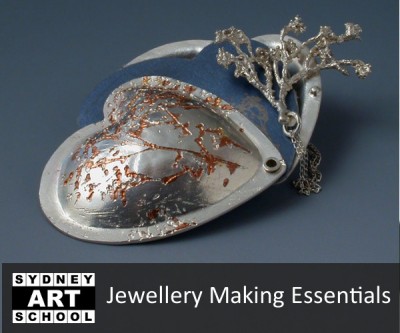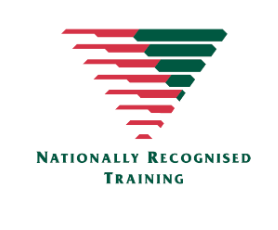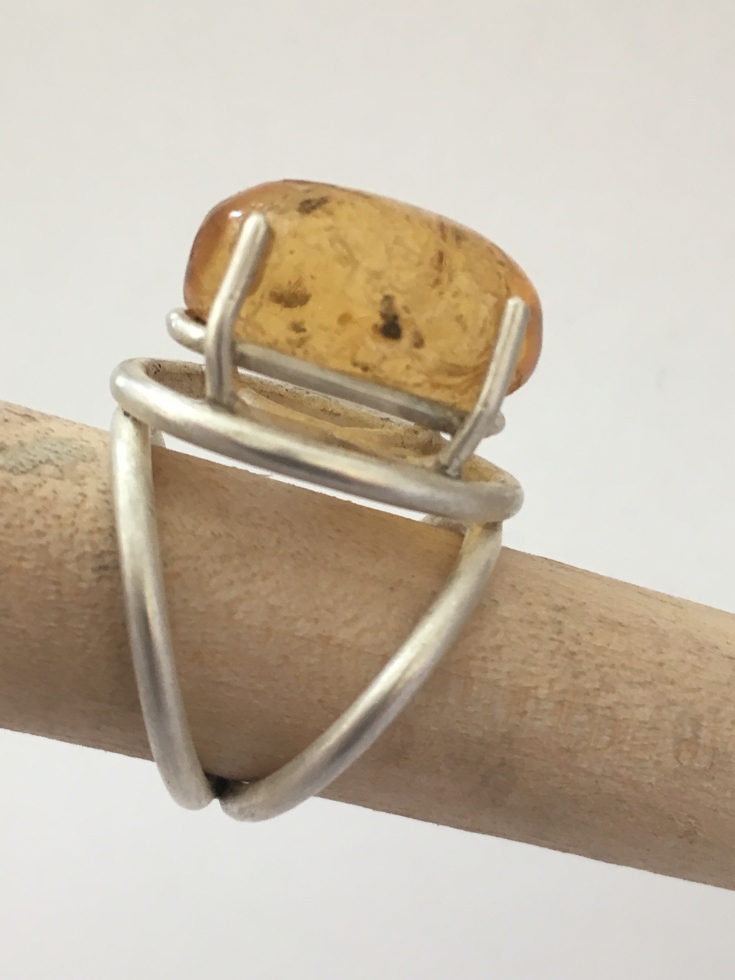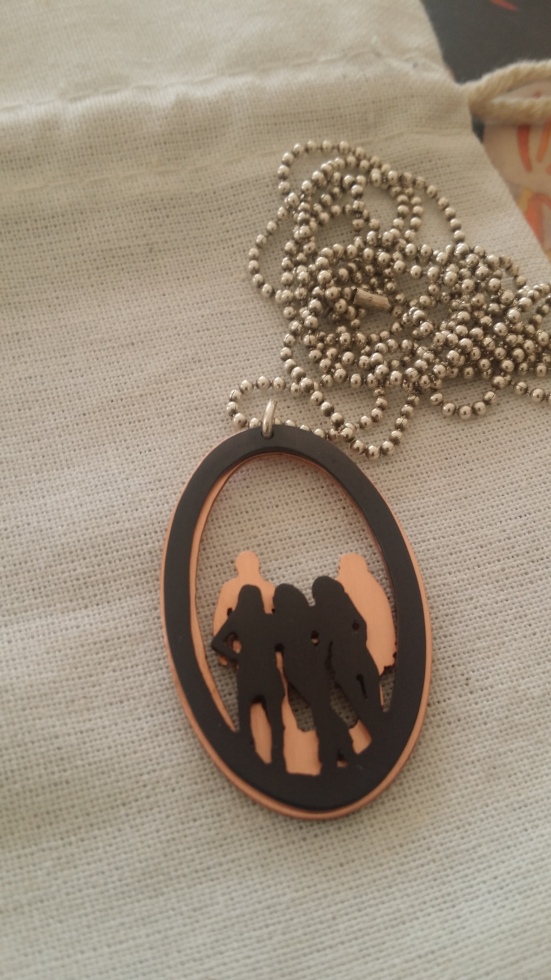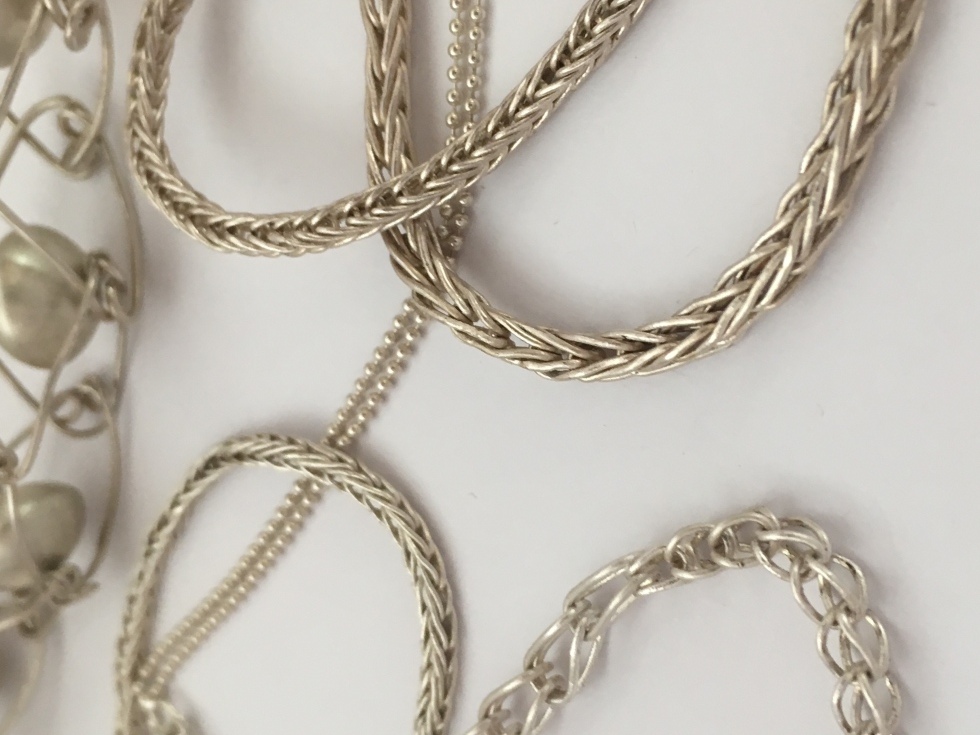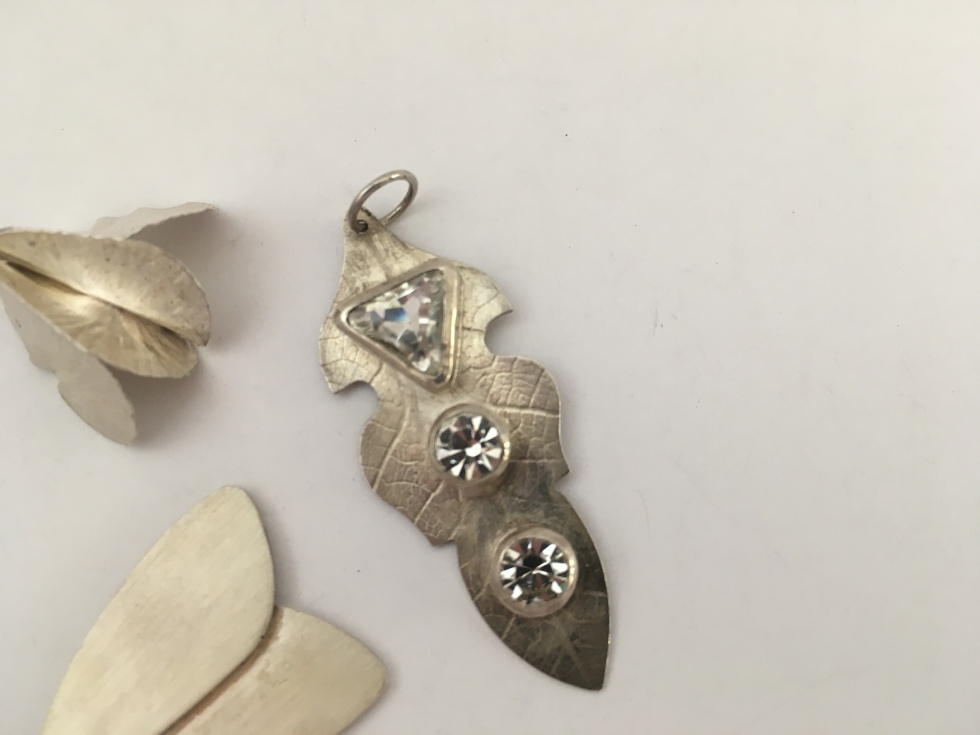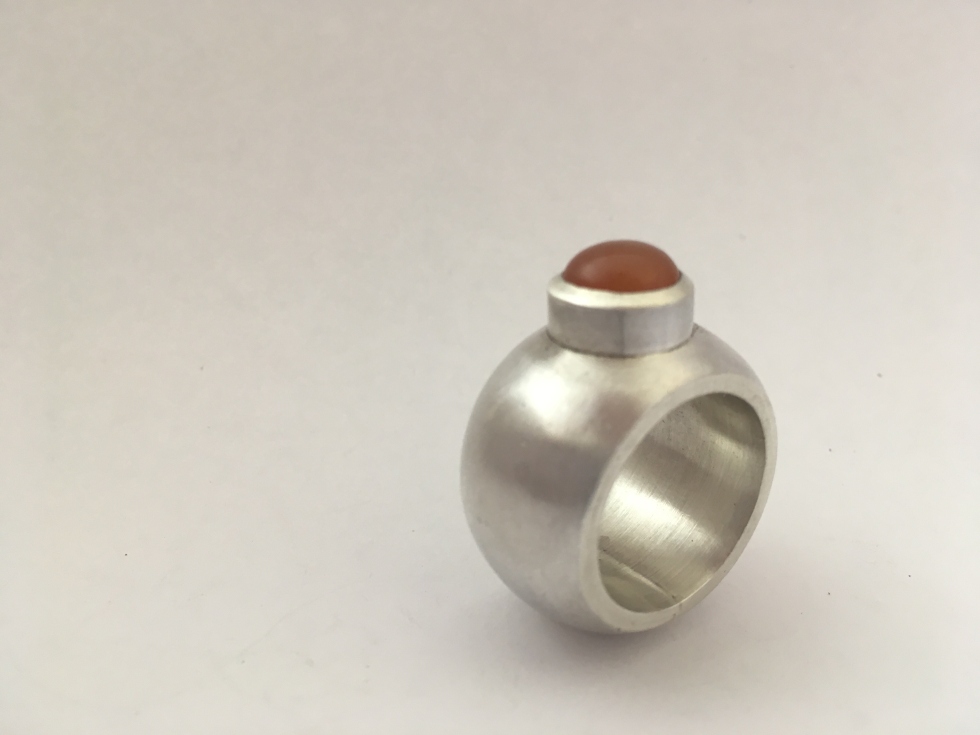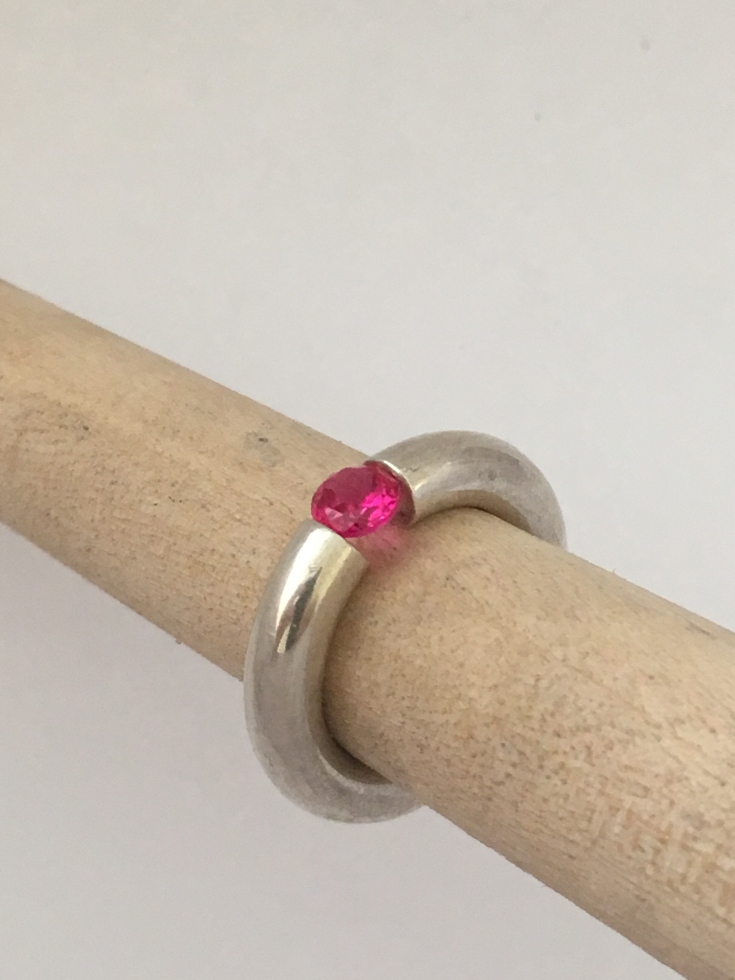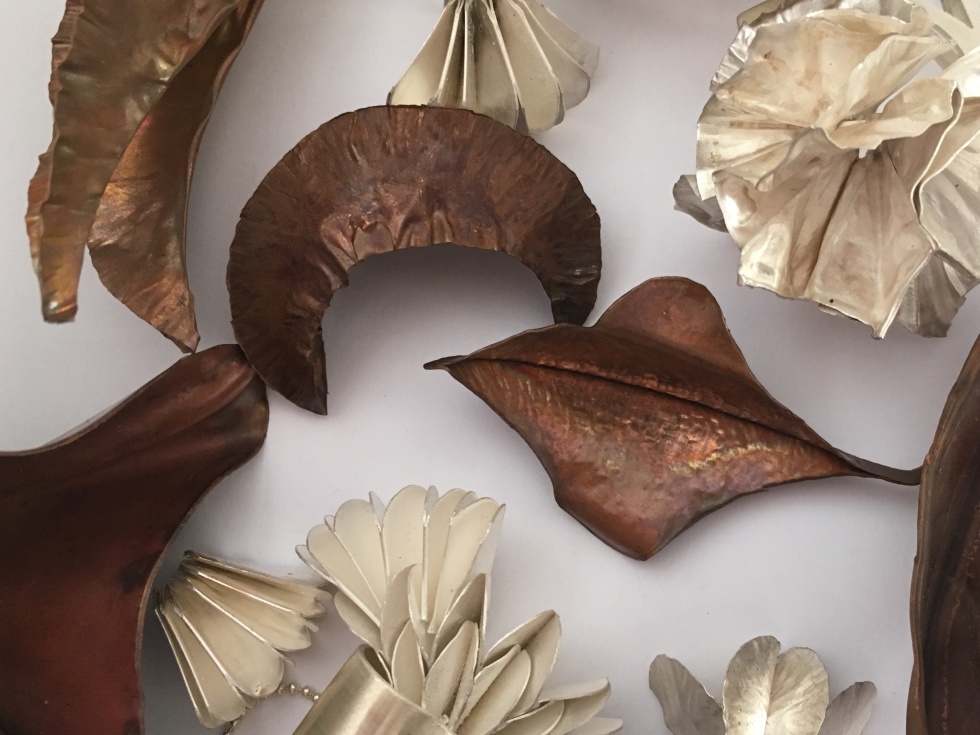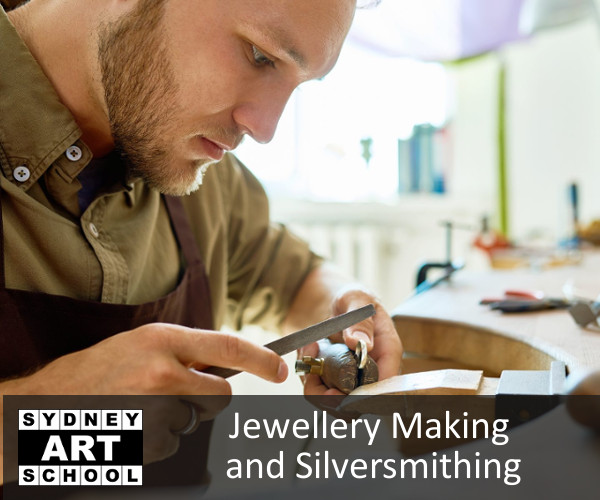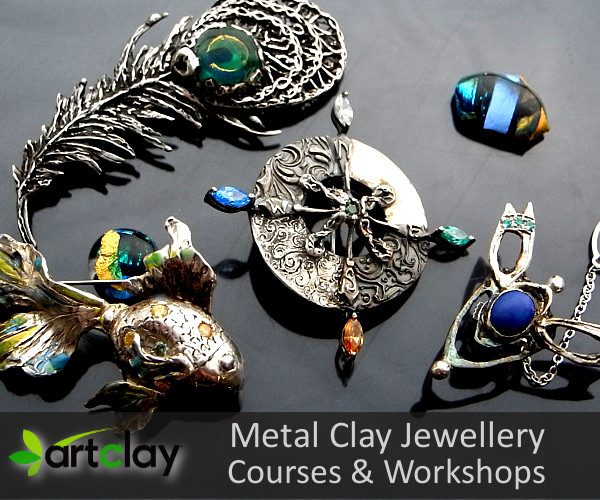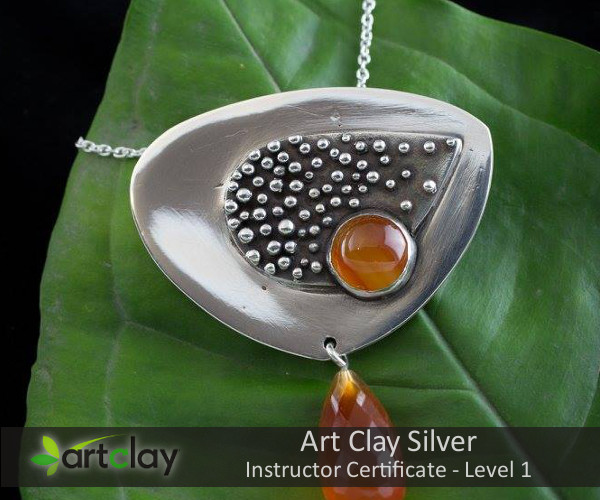Jewellery Making and Silversmithing Essentials
This course is open to beginners and experienced students interested in jewellery making. Learn to master the essential skills of jewellery making and how to utilise various jewellery materials, tools and equipment.
Fundamentals concepts of design are taught so that students can develop their own range of jewellery pieces.
Overview of this Art Class
Beginner students will initially experiment with modelling techniques. Then progress by practicing on base metal and finishing into silver jewellery pieces such as rings, pendants and earrings. Students may choose to design their very own personal unique piece of jewellery.
Experienced students will be taught to expand upon their techniques and undertake more intricate personalised jewellery projects.
This course teaches techniques in designing and creating jewellery pieces and includes the use of a variety of materials including silver and semi-precious stones. Students can work on their own projects or work on a project assigned by the tutor and is suitable for beginning artists or those looking to explore and extend their skills.
Assessment options are available for students seeking an accredited Certificate or Diploma in Visual Arts to specialise in jewellery. A Statement of Attainment can also be worked towards.
In this course you will learn jewellery making techniques and skills suited to your level of experience. University qualified tutors will guide you step by step as you work in a professional fully equiped jewellery studio.
Some of the jewellery making skills you can learn in this course include:
- Elements of design & what makes a piece successful
- Sawing
- Annealing (process to softten metal)
- Bending
- Filing
- Sanding
- Polishing
- Techniques to pierce metal
- How to make a ring to size
- How to use a jewelers saw frame
- How to use a jewelers saw and change blades
- How to work on a jewelers peg
- Using jewelers' files
- Forging metal (how to manipulate metal with a hammer and textured stamps).
- Silver soldering
- Creating a polished finishsweat soldering,
- reticulation,
- doming, and
- Make small jump rings and various kinds of earing hooks.
- How to produce 2 identical pieces.
- Cabochon stone setting.
Studios Dates Times
| Studio | Day | Start Date | No of Weeks | Start Time | End Time | Tutor | Price | Notes |
| Hornsby | Monday | 27 May 2024 | 4 | 12:30 pm | 4:30 pm | Jessica Evans | $390 | Jewellery Making Fundamentals 4 hrs x 4 wks |
| Hornsby | Tuesday | 28 May 2024 | 4 | 6:00 pm | 9:00 pm | Julie Read | $290 | Jewellery Making Fundamentals 3 hrs x 4 wks |
| Hornsby | Tuesday | 28 May 2024 | 4 | 12:00 pm | 4:00 pm | Jules Read | $390 | Creative Jewellery Making 4 hrs x 4 wks |
Course Information
During this course you can work towards creating a personal piece of jewellery, or choose from a range of projects. An example of possible projects are shown below
| Project | Skill Level | No of Weeks | Skills |
|
Wire ring with prong setting
|
Beginner Intermediate |
4 |
|
|
Double layer pendant
|
Beginner Intermediate |
2 |
Students can bring a design that involves layer of images creating a visual piece as a whole. Layering contrasting metals include silver, copper or brass.
|
|
Chain making for a pendant or bracelet
|
Beginner Intermediate |
2 |
Create an individual piece of jewellery as you master the techniques of chain mail or ring-linking. Chain can be made as complex or as simple to be used for a pendant or a charm for a bracelet.
|
|
Textured ring or pendant using roller-printing
|
Beginner | 2 |
This technique involves selecting dry, crisp materials of a hard texture and passing them through a rolling mill with annealed metal to impress their profile onto the metal’s surface
|
|
Hollow form ring with bezel setting
|
Advanced | 4 |
Create a ring with a bold and contemporary design
|
|
Tension setting ring
|
Beginner Intermediate Advanced |
2 |
You will learn how to make a ring using the tension created in the ring from hardening silver through hammering.
|
|
Silver and Copper Fold-forming techniques
|
Beginner Intermediate Advanced |
4 |
Explore how metal moves under pressure and create fast and effective three-dimensional forms and decorative surface patterns for sheet metal by fold forming. Students will design and make a jewellery piece by manipulating metal using folding, hammering and rolling metal.
|
Material List
SYDNEY ART SCHOOL WILL PROVIDE
- Some studio tools
- Safety equipment & training on how to use relevant equipment
WHAT YOU WILL NEED TO BRING
- Students will need to supply their own silver, stones etc (most materials can be purchased at the School)
- For set projects Resource Kit for the associated project.
- All students must wear enclosed shoes, no sandals or thongs and have long hair tied back.

